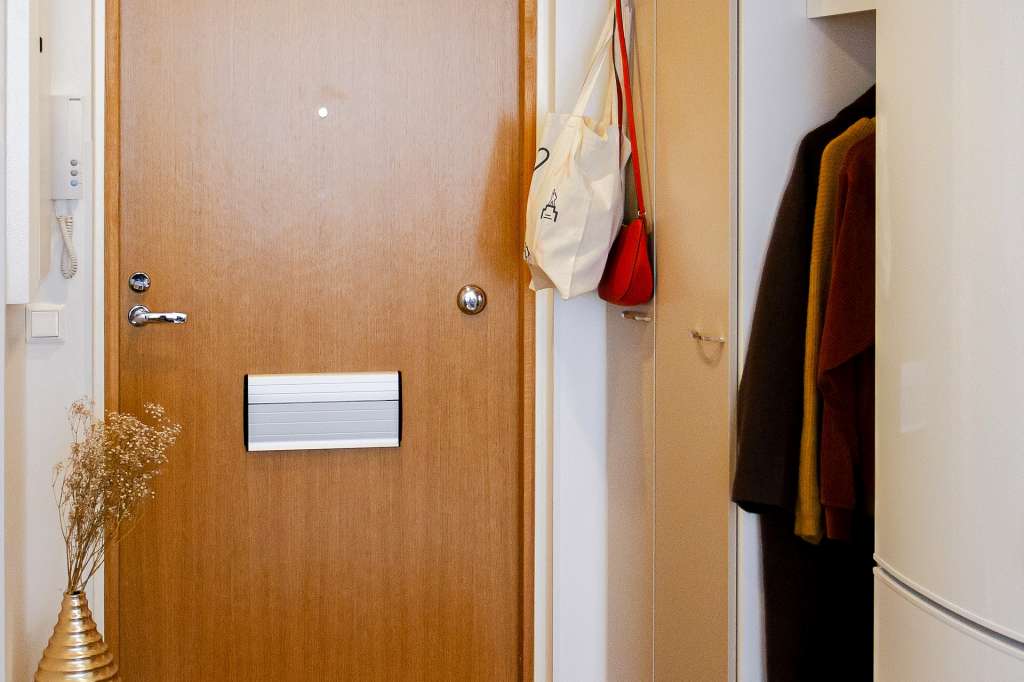
Article categories: Archive News
Students in Vaasa suffer from high housing costs and a housing shortage – the need for affordable rental housing is pressing
Published: 21.1.2025
Updated: 23.1.2025
The housing situation for students in Vaasa has become more strained, and both urgent and long-term solutions are needed to alleviate the situation. To meet the current demand, hundreds of new apartments are needed, and by 2030, the need could rise to thousands.
A survey on students’ housing conditions, conducted by the City of Vaasa’s Housing Services, clearly reflects the tightening of the housing situation. The results of a survey conducted last November confirmed concerns about the declining availability of affordable rental housing. There is a particular shortage of small apartments in central locations. 1,005 students responded to the survey.
Urgent need for affordable housing
Of the respondents, approximately 500 students reported that their current housing costs are too high in relation to their ability to pay. Over a hundred students stated that their current housing is unsustainably expensive.
– Approximately 60 respondents are without their own apartment and are staying with friends, for example. Six respondents reported being unhoused. In this regard, the situation is extremely concerning, says Jonas Nylén, Housing Manager for the City of Vaasa.
According to the respondents, an appropriate level for housing costs would be, on average, about 20% lower than the current rate, or under 500 euros per month. The importance of affordable housing has increased in recent years, as the costs of housing and living have risen significantly.
– Housing and living costs have increased significantly faster than incomes and benefits. For example, the housing allowance is being reduced for students as well, and many will experience a significant decrease in their benefits. To counter this, sufficiently affordable housing is needed, Nylén emphasises.
Many factors behind the housing shortage
Vaasa’s current rental and student housing shortage is due to many different factors. The city’s population and number of students have grown rapidly in recent years, which has increased demand, particularly for affordable rental housing. The cuts in the ARA investment subsidy for special group projects, to the extent that it no longer covers student housing projects, among other things, have made it more difficult to launch new student housing developments. Moreover, the Ahventie student housing project has been delayed due to appeals.
The main challenge, however, is the general downturn in housing construction, which has significantly slowed the production of privately funded rental housing in Vaasa. This is problematic, as the majority of students – 57% of the survey respondents – live in privately funded rental housing. In addition, 58% of students reported finding it difficult to secure housing, and the poor condition of the rental housing stock in relation to high rent levels was seen as one of the major challenges.
The growing number of students requires careful planning
The number of students at local educational institutions has increased significantly, but housing production has not been able to keep pace with this growth in recent years. The growth in the number of students is expected to continue strongly, meaning that the need for new student housing and rental apartments suitable for students will remain a key challenge in the coming years.
One short-term solution to increasing housing availability is to promote shared and communal living arrangements. Approximately 200 respondents expressed interest in this type of housing. For example, the city-owned KOy Pikipruukki may be able to rent out its family apartments as shared housing. In addition to this, the city is considering converting buildings previously used for other purposes into student housing.
Long-term solutions are also crucial. If the number of students continues to grow as estimated, more than 2,500 new student apartments will be needed by 2030. The growth targets of local educational institutions support this forecast. Improving the housing supply requires careful planning and long-term investments.
– Increasing the housing supply requires the involvement of the entire housing sector, including private rental property developers and investors, the Student Housing Foundation in Vaasa, and the city-owned non-profit housing companies. As the resources of the city’s current housing providers may not be sufficient to build all the new apartments, new stakeholders are warmly welcomed, Nylén concludes.
